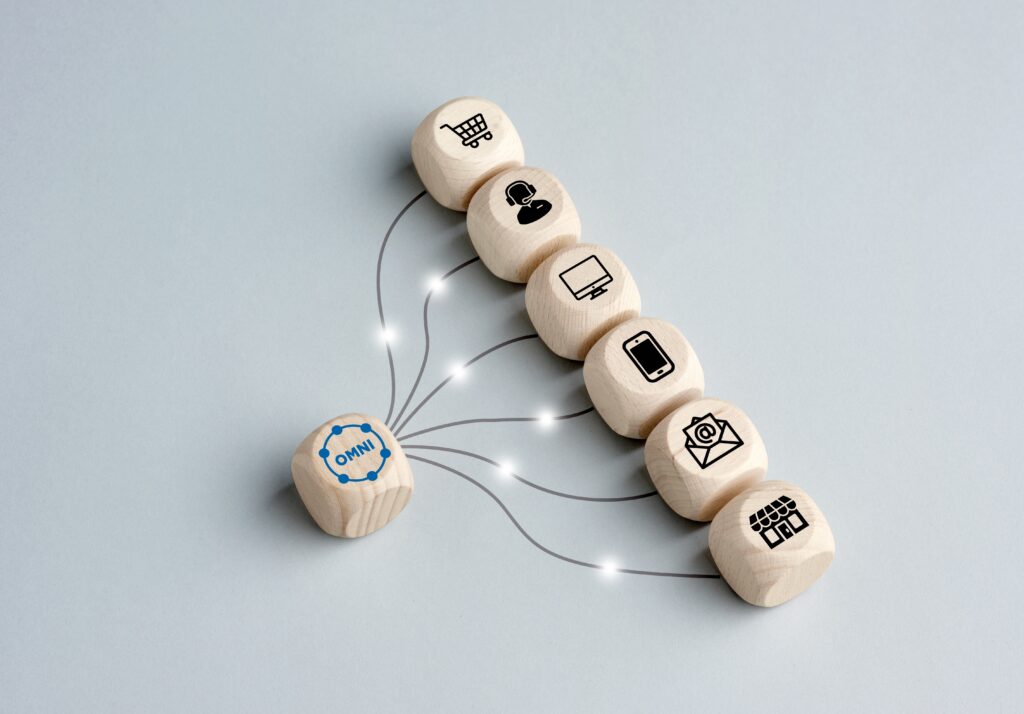The pace of change that digital transformation and the new digital world promote is faster than any other industrial and commercial change we know. And the tendency is for this speed to increase more and more.
But how can planning work under these circumstances?
Typically, companies developed three- or ten-year plans. Do they still apply, given this digital mindset? Or do plans need to be reviewed more often and more quickly?
The truth is shorter strategic planning cycles are needed. This is because, for example, a plan defined a year ago may be outdated if the technology or processes being implemented becomes obsolete.
See how Bee can do your online and offline action planning


The four steps to planning
To carry out an efficient strategic planning, some steps are essential.
Always investigate the availability of new technologies
To remain attached to old technologies these days is to be at serious commercial disadvantages. Therefore, seek and encourage the use of innovative technologies. It’s important to have members of your company investigating how new technologies can impact the company.
This involves questions such as:
- How will artificial intelligence impact your business?
- How will intelligent personal assistants affect the customer experience and use of your products or services?
- How will virtual reality affect how products are tested?
- How will the Blockchain affect transactions and information dissemination?
This is a partial list of new technologies that are likely already impacting your business in some way. This means that it is necessary that they are already being discussed internally.
But discussion is not enough: it is important to have this level of experimentation to go from the theoretical to the practical, to the actual application of these technologies in your company.


Always seek to improve the customer experience
The customer’s experience with the company is one of the critical success factors of any business. So, work with customers to develop new plans for how digital technology will help improve the customer experience.
For this, it is essential to hold regular meetings with important and reliable customers, whether in your environment or in the field, whether at customer events or group sessions.
There are two goals in these sessions:
- First, you must share ideas in brainstorming sessions, while sharing emerging strategic aspects
- Then ask for their suggestions
- Ask questions about their impressions of your product or service offering
- Ask what products or services they would like to have through your business
- Ask them about their competitors’ products or services to assess whether you can compete with them head-on
After these first two steps, you will be ready to start the third, which is:
Identify the consequences of the current strategic plan
Through the search for new and better technologies and feedback from your customers, you will have sufficient grounding to analyze your existing planning and thus identify the necessary changes.
These insights probably don’t require you to discard the existing strategy, but at the very least, they should make you rethink some aspects of it.
Update your plans frequently
However, it is important to emphasize that long-term strategic planning remains fundamental to having a long-term vision.
It is up to the short-term plans to inform and direct changes in the long-term plans. This highlights the need for a regular refresh cycle for strategic planning.
As it may seem, strategic planning is not disappearing in the digital age. In fact, it’s more important than ever. The key is to do this with a cadence appropriate to the pace of change.
According to Gary Hamel, thinker and writer in the business world: “Companies cannot create the future, not because they fail to foresee it, but because they cannot imagine it”.
In other words: experimentation, together with solid strategic planning, is the winning recipe.
Is your company ready for the digital transformation? Take the test now!


Is your company prepared to offer a digital experience to your customers?
Did you know that in 2017 global digital ad spending surpassed TV ad spending for the first time? And did you know that online store sales grew 47% in 2020, the industry’s biggest increase in 20 years?
With this in mind, it became clear that being present digitally is essential for any company and for any planning that is developed.
However, it is not enough just to be present. After all, customers in the digital age are more demanding and are more likely to switch brands due to a poor experience with the company.
After all, how to have an amazing customer experience?
Creating a good customer experience involves several important aspects, which we’ll explain below.


Eliminate user experience friction
In the digital age, frictionless experiences are crucial. Modern consumers are multi-device, have limited attention, and expect instant gratification. Your business will have difficulty retaining customers if your experience is complicated and unintuitive.
It’s a common process: customers get what they need and move on. If your site doesn’t make it easy, they have more options than ever.
See the 5 tips to make your website more accessible
Discover our website creation and management strategies
Develop communication where your customers are
Domino’s Pizza is becoming a digital leader by providing a superior customer experience through digital channels. As a result, last year, 60% of sales came through these channels.
This growth was driven by a platform developed by the company, called Domino’s AnyWare. Through it, the company interacts with its customers on popular platforms such as Facebook Messenger, Google Home, Twitter, Apple Watch and Ford Sync, among many other digital channels.
By allowing customers to interact with the business on their platform of choice, Domino’s can better target customers and capture their attention. The result of this is more than a billion dollars in revenue generated by digital channels.


Use artificial intelligence to improve user experience
At the most basic level, data analysis and machine learning allow for more personalized experiences.
Consider the power of delivering personalized ads to those who interact with your brand or to people who are similar to your customers.
In addition, there is also the option of using e-mail, the communication channel with the highest ROI (return on investment). Through it, using automation tools such as RD Station, it is possible to segment and customize the customer experience.
With current data analysis it is possible to know:
- How people are accessing the site
- Which channels do they spend the most time on
- Where they usually answer first
- What topics do they post and read about
- What they ignore
Create connected products that improve over time
With the high degree of connectivity, there is an opportunity to make products and services even better over time as they collect more data and are updated.
By following each of these steps, you will be better prepared to satisfy your customers’ desires in light of the digital transformation.


Positioning your business for growth
How does your company define its goals and plans? What data is considered?
One of the biggest differences between your traditional business plan and planning based on digital transformation is how you position yourself for growth. And a coherent and assertive plan must be up-to-date and full of data to validate your growth hypothesis.
So, let’s take an example:
The retail market is growing by just 3%. And if your company currently only serves physical stores, this is a small problem, because this growth rate is not very interesting.
In fact, any company that is positioned only as a physical store, in the long run, will have problems with that growth margin, which will likely lead investors to charge for better rates.
So, how do you know what other data to consult?
Looking at the e-commerce data we saw that the sector grew 47% in this year of 2020 alone.
So, while retail grew 3%, e-commerce is growing 47%. Then, what is the best growth rate? Clearly e-commerce!
Contact us and find out how we can develop your e-commerce
Now that the initial scenario has been evaluated, the ideal would be to position it as an omnichannel business. That’s a much better placement.
Now, with the power of data, you can slightly reposition your business to show an investor how you’re going to grow and how you’re going to be the leader in e-commerce in your industry.
Another example is the e-Learning business, which was growing just 7%. But if we consider adult e-Learning businesses with non-academic content, the real growth is 12%.
However, another important statistic is that mobile eLearning is growing 30% year over year.
Thus, the data demonstrates that the greatest growth potential is linked to the use of mobile devices, with responsive websites and as an e-Learning for adults.
Knowing that cell phones are the main means of accessing the internet in Brazil, it is evident that it is important to have websites and platforms with excellent accessibility and adaptability to mobile.


How to assess digital maturity?
Today, everyone says every business is now a digital business, there are just different levels of maturity.
However, this is also a question of whether business leaders understand and drive the changes needed to remain competitive.
The example of Walmart
Walmart is an interesting case: it was a major market leader until the mid-2000s, yet Amazon was born digital and with remarkable growth it now accounts for nearly half of all online retail spending in the US. And Walmart comes in fourth, with 3.7% of online sales in the US.
As mentioned above, most of the retail growth is happening online. Therefore, to be competitive, Walmart has invested in improving its digital maturity.
Test your business’s digital maturity
With the acquisition of Jet.com in 2016, they took big steps to implement the company’s digital transformation, bringing new technology and methodologies.
The point is that newer companies master more modern and more scalable processes and technologies.
So, it’s important to emulate what works best in digital terms and, at the same time, take advantage of the advantages that a successful old company has such as:
- The established customer bases
- Data volumes to mine
- A vast experience
The best companies are not based on past and present successes. They look ahead and forge new paths, reinventing themselves along the way.
Do you want to work on your company’s digital transformation? Bee Creative is looking forward to charting this path with you.














